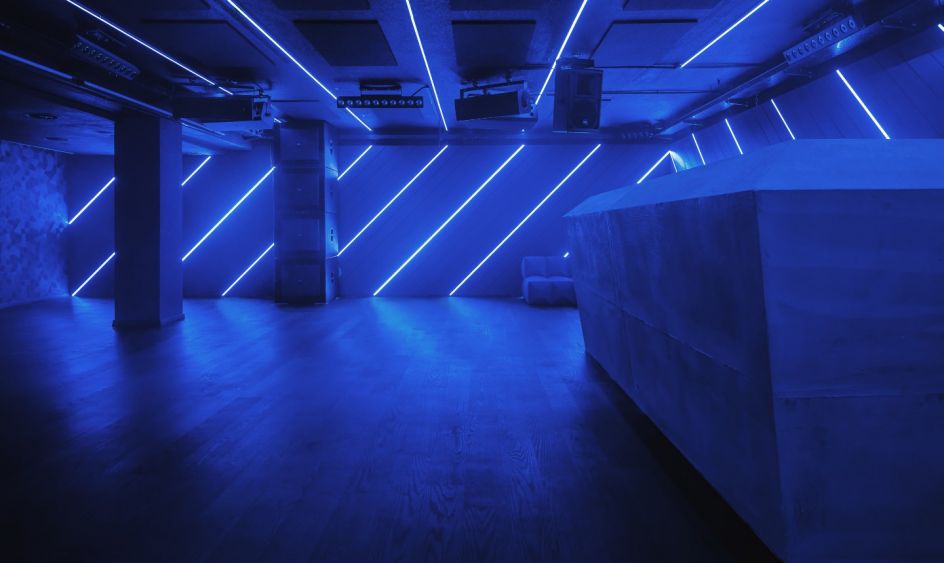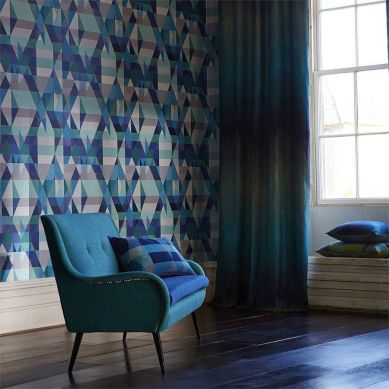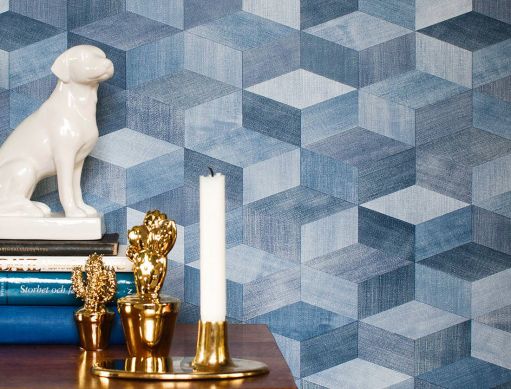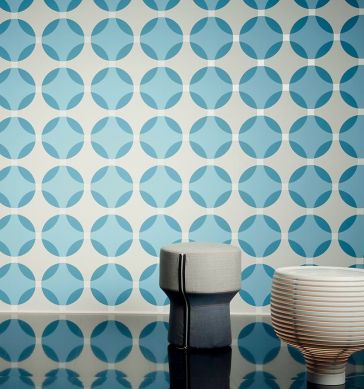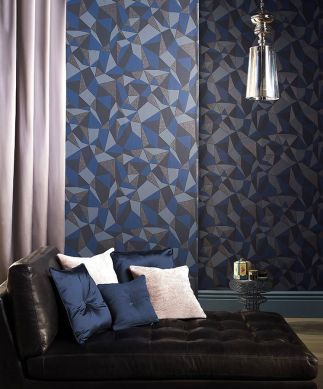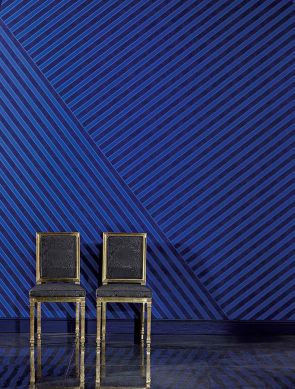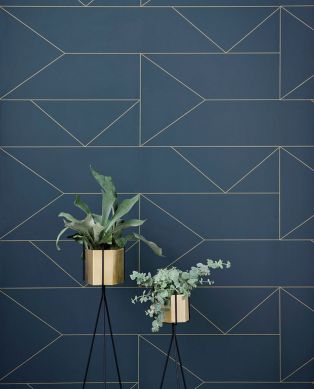Electronic dance music has ruled the dance-floors of the world for more than a quarter of a century. Techno’s heyday happened during German reunification in the lawless wastelands of Berlin with their cellars, bunkers and crumbling industrial buildings. Having come from the machine music genre Industrial, this new style found its perfect backdrop in these anarchic spaces.

A classic 1990s Techno party offered no sense of comfort or cosiness; instead it lurked in darkness and decay, with no more intricate decorative element than strobe light flickering in clouds of dry ice. It was a time of rebellion and excitement, reflected in the design of social spaces - the opposite of the very German concept of “Gemütlichkeit” (a term describing something akin to cosiness); this was not about the cult of personality and individuality, but about blending in with - and disappearing in -the crowd. In the early 90s, tens of thousands danced the night away in bleak factory buildings.
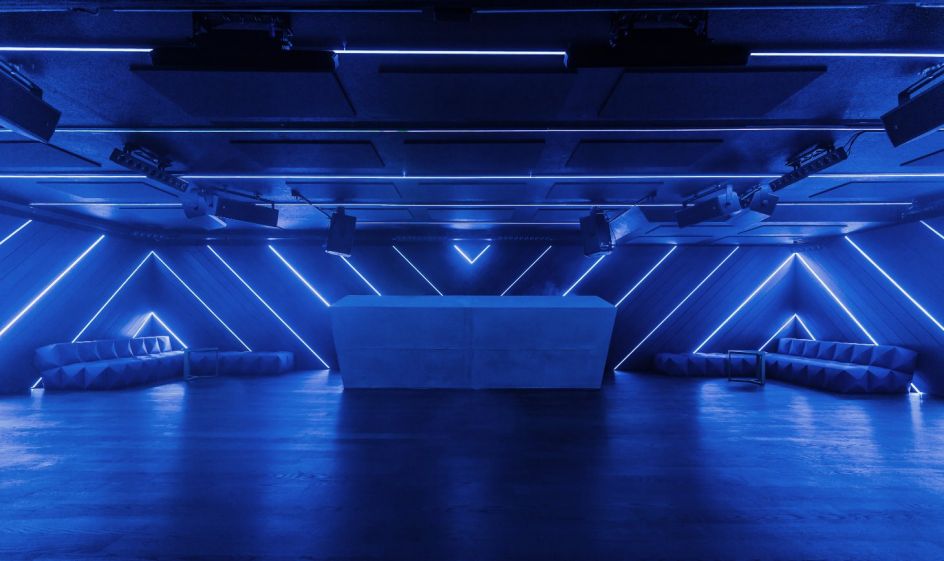
Techno delivered the final death knell to the disco boom of the 70s and 80s, which had made dancing and partying a totally accepted weekend pastime; even the smallest town had its own discotheque. Swanky adult playgrounds with mirrored walls and outré decor, clavilux and wallpapers with thoroughly psychedelic motifs - German disco capital Munich in particular celebrated this opulence with great gusto. In any case, discos were the exact opposite of everyday life; they promised the mysteries of the night to each and every party-minded night owl. The emergence of Techno was a radical counter-movement to the status quo - not only in terms of music, but also socially, creatively, even politically: as a democratic model of participation and positive anonymity, as a refusal of faked beauty.
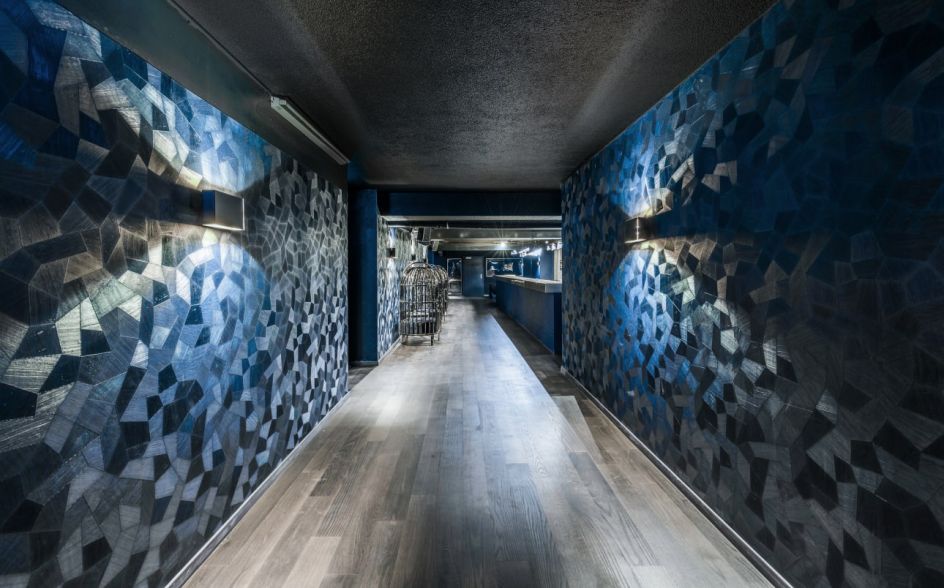
Although these heady days are long gone, the protagonists of the radical early years having settled down and become more bourgeois, many of them still identify with club culture - just without the urge to dance all night. They are developing new, more sedate concepts for their generation. And the younger generation of events organisers, too, have left the brash gestures and bleak ambience of classic Techno behind. Of course, legendary Berlin club Berghain is still considered the temple of Techno culture - and it continues to celebrate the charm of raw concrete.
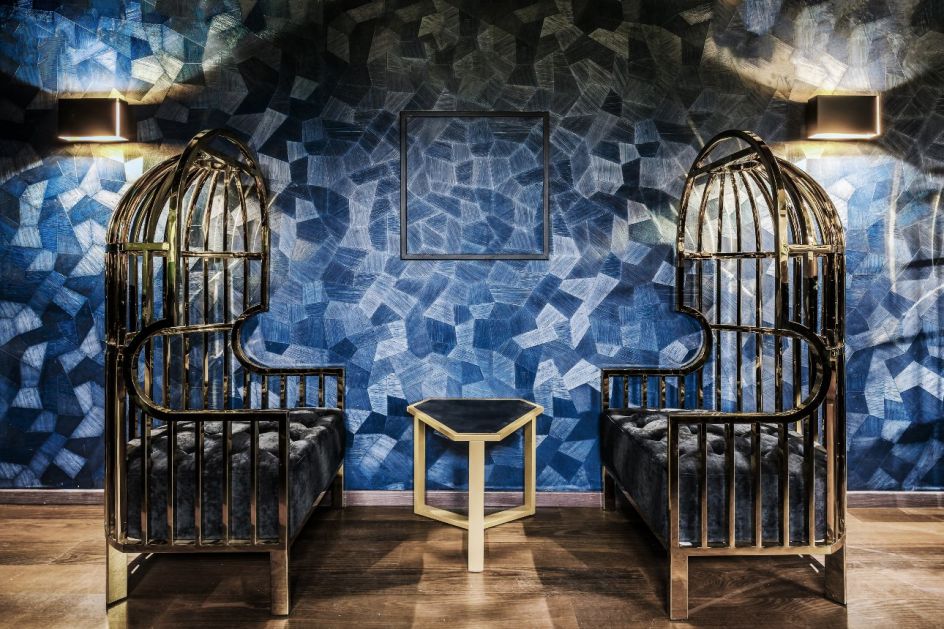
But an increasing number of club owners have embraced a décor and interior design utterly unthinkable 20 years ago. The club as a front room, as a protected space which puts great emphasis on intimacy - this is a new scene which was only established in recent years. In terms of interior design, one example to mention is Berlin club Bar 25, with its DIY style, characterised by second-hand furniture and lovingly crafted higgledy-piggledy wooden constructions. On the other hand, there is a clear trend towards classy design and stylish atmosphere, towards a new distinction by way of an innovative school of interior design which creates identity though style and cool elegance. From the DJ area to the toilets, many of the new clubs present a new creative concept developed by interior designers especially for a specific space, its punters and its music. And wallpapers play a major role in the interiors of the much smaller, more intimate clubs of today.
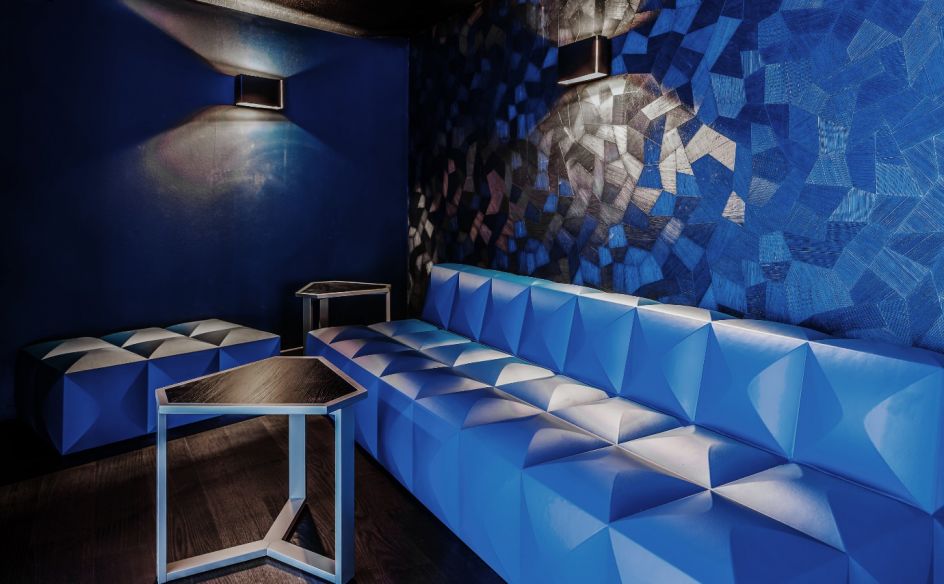
Not only are wallpapers an incredibly simple and convenient way to fill large surfaces with complex patterns - the more daring designs are also the perfect visual reflection of the rhythm of Techno, House and Electro. They link different areas of a club optically or provide a subtle divider, and surfaces with a relief structure or other special haptic, tactile materials add to the overall nightlife experience. Re-decorating for the new season is a piece of cake and so much easier than having to have the whole place re-painted, and new technologies cater for the requirements of building and health and safety regulations (low flammability...) as well as those of the cleaners (scratch-resistant...).

In conclusion: wallpapers are enjoying a true renaissance in the private environment of the home as well as in the club scene. They have made a triumphant return and define the present in the personal as in the public domain. Zurich club Lexy, whichonlyopened its doors in 2016, is the perfect example for this trend: the dark blue patterns of the wallpaper elegantly distract from the enormous surface area of the walls, whilst establishing a certain visual order within the rooms, providing a stunning contrast to the stark concrete of the DJ area - which might well be interpreted as a nod to the early days of the Techno movement.
